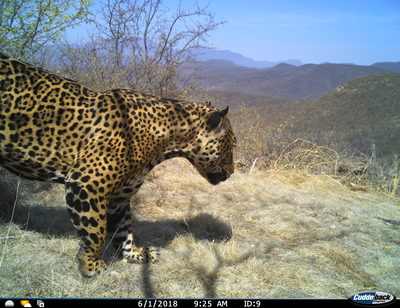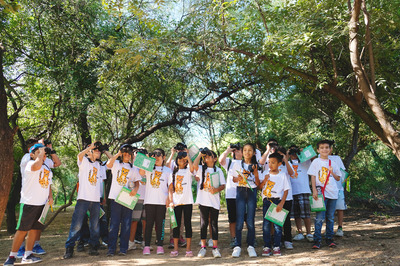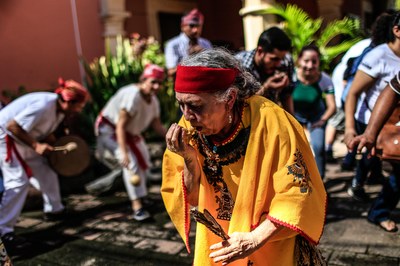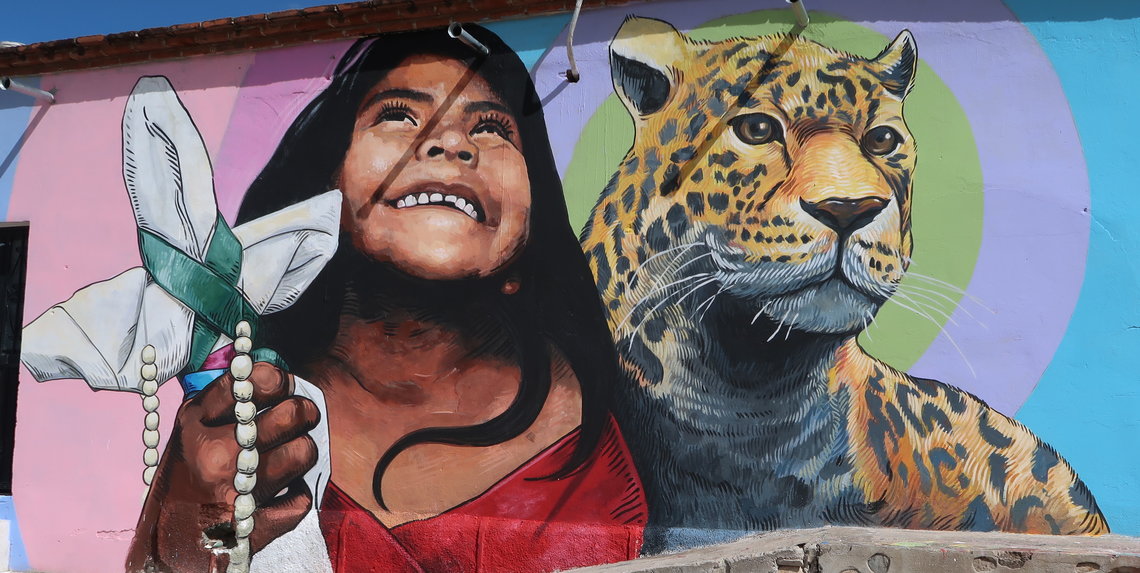By Lydia Lozano, Country Director of Mexico, and Mariah Banks, Marketing Development Coordinator, Nature and Culture International
The jaguar holds many titles: the main predator in the Amazon, the largest cat species in the Americas, and the third largest in the world. Our Mexican ancestors considered the animal a protector and symbol of power, and across Latin America, conservationists recognize jaguars as vital to their habitat.

In the quaint town of Alamos, Sonora, people have strong and varied opinions about the jaguar. Local ranchers often view this species as a threat to their livestock and livelihoods.
Rich in beauty and culture, Alamos is near an important ecological crossroads in the foothills of the Sierra Madre Occidental. The foothills are home to the northernmost tropical dry forest, and a critical corridor for jaguars.
To provide a space for community members to get together, learn about, and discuss jaguars, the conservation nonprofit Nature and Culture International started Día del Jaguar, a two-day festival celebrating the endangered feline and other wildlife in the region. Five years later, the festival has grown into a regional event, bringing together academic research, cultural performances, bird walks, kid-friendly activities and more.

This past October, Nature and Culture held the biggest Día del Jaguar yet! More than 400 people from Alamos, and all across Sonora, Sinaloa, Arizona and beyond participated in the free festival. Activities ranged from expert-led talks on Mexican biodiversity and birding workshops to local music and regional dances from the Cozatl Ballet. Nature and Culture also held special workshops for ranchers to decrease jaguar-cattle conflict and to promote sustainable cattle ranching techniques.
Colorful murals of jaguars, birds and other creatures covered the town’s walls, and booths with regional food, made with local ingredients, filled the streets. With the help of the Century Arts Foundation, the Sonoran Institute of Culture, the National System of Protected Areas and other partners, the fifth annual Día del Jaguar – and first zero-waste event in Alamos – was a success.
Each year, the effort expands with new participants, activities and workshops. Now, Día del Jaguar celebrates all critical species in the area, with a special focus on the region’s incredible diversity of birds. The latest festival featured bird walks and birding workshops led by Arizona’s Game and Fish Department and Churrea, a birding group in Hermosillo.

“Día del Jaguar has become something more than just Nature and Culture as a local conservation group organizing an event. It has become something that the community – and beyond – is building together,” said Lydia Lozano, Director of Nature and Culture’s Mexico Program.
Nature and Culture’s 18,211-acre Monte Mojino Reserve is focused on protecting the best remaining tropical deciduous forests of southern Sonora, and the endangered jaguar that calls them home. Protecting the area for megafauna like jaguars supports the conservation of other species on the reserve, such as threatened bird species. With funding from Sonoran Joint Venture, Nature and Culture has been able to research and identify native birds for conservation efforts, including the locally endangered Lilac-crowned Amazon, Military Macaw and the Mottled Owl.
Nature and Culture plans to continue working with the Alamos community, local ranchers and partners to bring awareness to the diversity of life in the region. Stay tuned for more information on this year’s Día del Jaguar!

